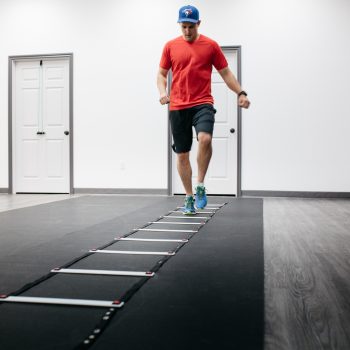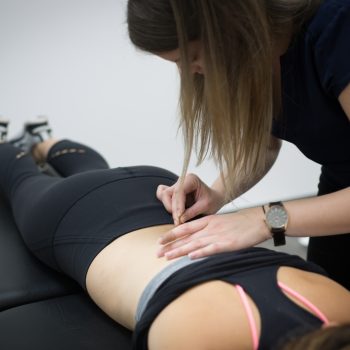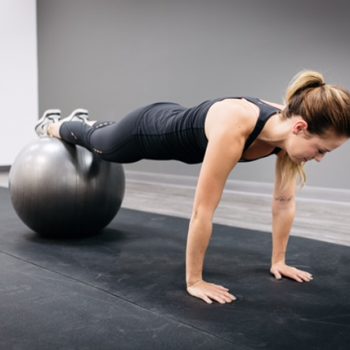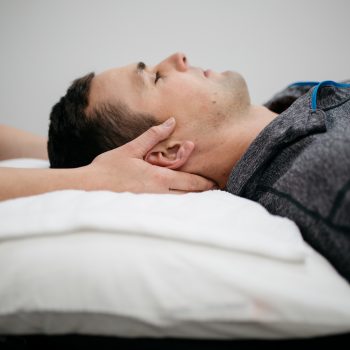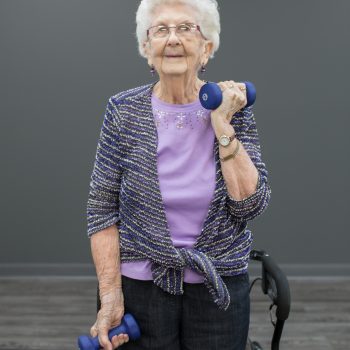Physiotherapy
Physiotherapy is a regulated rehabilitation profession. Physiotherapists work towards returning mobility and function of the injured patient. We also strongly promote a proactive approach for injury and disease prevention. Physiotherapists often deal with patients experiencing pain or functional limitations whether it is in your back or neck, or in any other joint such as the hips, knees, wrists, shoulders or ankles.
Physiotherapists can treat many different areas such as: orthopedics, musculoskeletal, cardiorespiratory, neurology, and pediatrics. Physiotherapy treatment can include education, manual therapy (hands on therapy), exercise programs, acupuncture, dry needling, modalities such as heat, ice, TENS or ultrasound, and return to work programs.
Physiotherapists address the body as a whole to work towards improving strength, balance, coordination, neural tension, muscle tension, joint mobility, and overall cardiorespiratory function.

